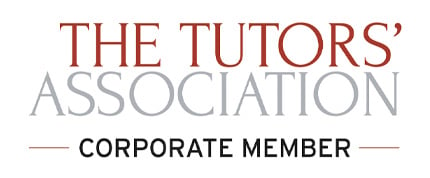If a person has been diagnosed with autism, it’s highly likely that they will also have other conditions alongside such as dyspraxia, sensory processing disorder, epilepsy or Ehlers-Danlos syndrome. It’s also extremely common to also have ADHD alongside autism.
AuDHD refers to the co-occurrence of Attention Deficit Hyperactivity Disorder (ADHD) and Autism Spectrum Disorder (ASD). Although an unofficial term, it’s certainly being used more frequently amongst people in the autism and ADHD community.
Difficult to Separate Neurological Conditions

Laura Kerbey is a qualified teacher with a degree in Psychology who is passionate about supporting young people with autism (or ASC) and other neurodiversities. As the Director of P-AST – Positive Assessments and Training – she is also part of a team offering private clinical assessments for autism and Pathological Demand Avoidance (PDA).
Laura agrees that it is extremely common for young people to have a dual diagnosis of autism and ADHD. “I used to be the head teacher of a school for autistic children and I would say that well over half also had ADHD,” she recalls. “I notice that these days, some people are describing themselves as ‘auDHD’ if they have the dual diagnosis – they feel it should be a separate profile in its own right. It’s important that people are able to define their own identities.”
Whether the dual diagnosis comes with particular traits, it’s difficult to say, she ponders. “One of the issues is that the diagnostic process is too compartmentalised. So many conditions overlap and it’s very difficult to pin down behaviours to one ‘label’. In some ways, it would be better to describe someone as ‘neurodivergent’ and instead, focus on their individual needs.”
Autism and ADHD can be at Odds with Each Other

Although everyone is different, there can be challenges, Laura says, to being autistic and having ADHD on top of that. “The two conditions ‘butt heads’,” she explains. “Autistic people often need structure and routine whereas with ADHD, their brain is always on the go, so they can’t focus.
“You also need to be careful when medicating ADHD because stimulants can increase anxiety in some people – and autistic people often have a high baseline of anxiety, anyway.”
Children who have the dual diagnosis, Laura observes, often switch between traits of both conditions depending on where they are and who they’re with and what the sensory input is at that moment. “It’s like a dial with autism on one side and ADHD on the other. The arrow constantly moves back and forth, bringing different traits to the fore, but rarely settles in the middle.”
Useful Strategies

She says that some strategies can be equally helpful in helping parents to manage both autistic and ADHD behaviours. Making sure the environment isn’t too stimulating from a sensory perspective, for example, or engaging the child’s attention by using their name at the beginning of a sentence, and keeping instructions simple and unambiguous. It’s also helpful, she adds, for families to be realistic about their child’s challenges.
“You need to pick your battles and be flexible,” Laura advises. “My son has ADHD and needs to move a lot. When my kids were little, we used to go out to restaurants as a family but it didn’t work. He couldn’t sit still while the rest of us finished eating and it wasn’t the food he liked to eat. We’ve learned that it’s much better to take him to McDonalds where it’s ‘in and out’!
Remember that all Children are Unique

“You can have two children with both diagnoses and they will still be completely different,” she cautions. “PDA – can also be part of the mix. That can bring mood swings and can incorporate a large dollop of ADHD traits. We need to remember that all children are individuals.”




